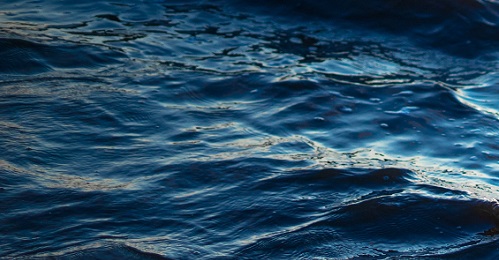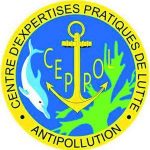← Back
Argos buoys help clean-up efforts after the Grande America

The CEPPOL, the French Navy’s Practical center of expertise for pollution control, uses Argos buoys to track pollution when an oil spill occurs at sea. This has been the case in the Atlantic Ocean since March 13, following the sinking of the Italian ship, Grande America, which emptied 2,200 tons of heavy fuel oil in French waters.
Argos buoys to track pollution
Today, 6 Argos SLDMB (CODE) buoys are drifting in the Atlantic Ocean to help experts from the CEPPOL to track the polluted zones as they drift. The first four buoys were deployed in strategic positions by Falcon 50 jets belonging to the French Navy on March 13th at midnight. These buoys relay data that is used in drift models and provide important information to coordinate anti-pollution measures.
More info about Argos solutions for pollution
Data available via ArgosWeb
The buoys send a GPS position every 30 minutes, along with sea surface temperature measurements. CLS processes the data at its operational data center in Toulouse, and makes them available via the ArgosWeb data visualization interface. In addition, ArgosWeb users can associate weather and oceanographic conditions with positioning data via ArgosWeb.
About CEPPOL

The French Navy, in collaboration with the Practical center of expertise for pollution control (CEPPOL), is responsible for pollution control and prevention. CEPPOL is based in Brest for ease in testing material at sea, regular training with BSAD, and testing new methods of containment. The center of expertise has a central and national role in fighting against most types of pollution (hydrocarbon, chemical, and containers).
The CEPPOL is responsible for preparing the Navy to face its environmental responsibilities and must coordinate with and support other responsible maritime authorities in antipollution efforts.
For more information: http://www.ceppol.fr/fr/
[#GrandeAmerica] Aujourd’hui, les conditions météorologiques sur la zone des opérations, nettement meilleures que les jours précédents, ont permis la mise en œuvre d’un dispositif complet de lutte antipollution. Pour en savoir plus https://t.co/DfFYo7aO10 @SGMer @MarineNationale pic.twitter.com/wgzhHH5pKj
— Premar Atlantique (@premaratlant) 19 mars 2019



